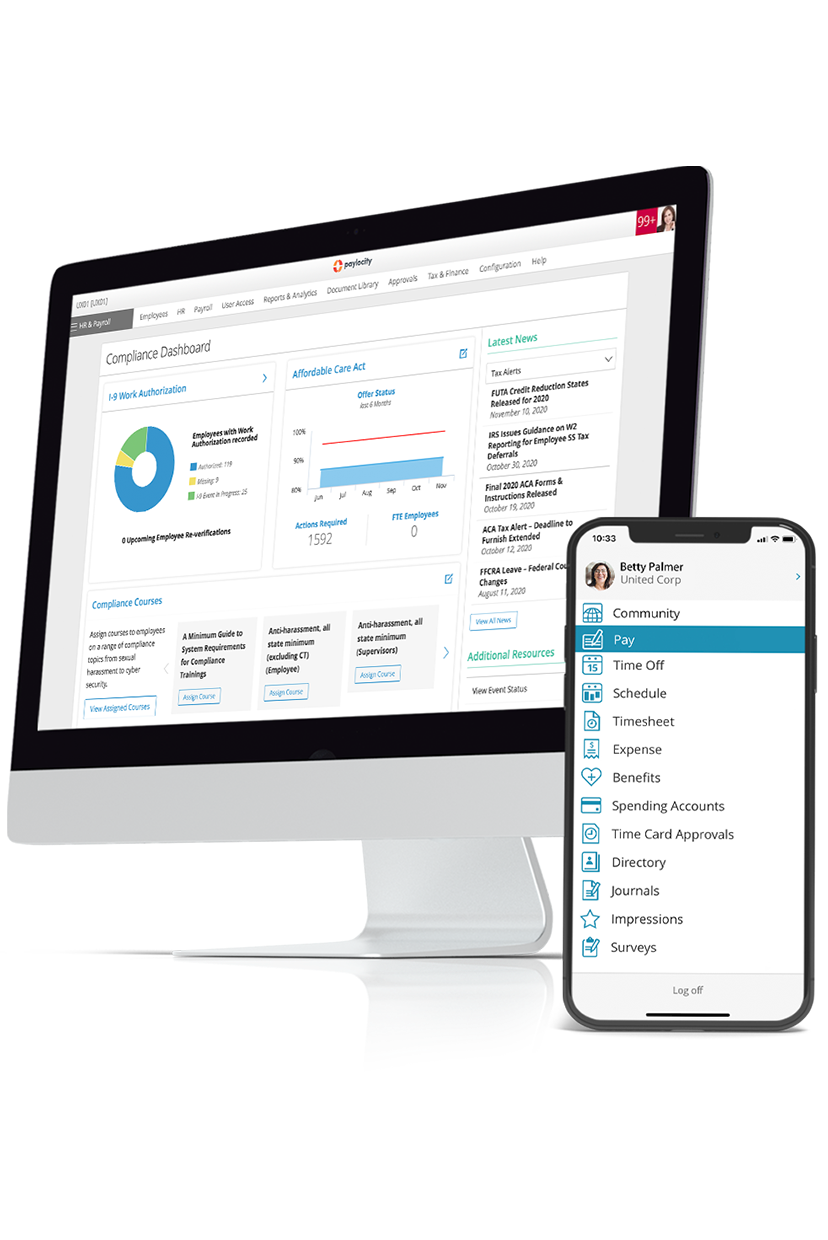How to Create an IDP
An IDP can take many forms, but let’s break down the key components. You can use this framework to build out your own.
1. Goals
Your employee and their manager should identify several short-term and long-term goals as a starting point to anchor the IDP. These might include acquiring a new skill, obtaining a certification, or stepping into a leadership role. Goals should be Specific, Measurable, Achievable, Relevant, and Time-bound (SMART).
For each goal, identify the following:
- Specific objective: Describe the goal in clear and concise terms
- Measurement of success: How will you know if the goal is complete or successful?
- Development activities: What specific actions will the employee take to achieve this goal?
- Resources needed: What support does the employee need to achieve these goals?
- Timeline: A realistic deadline or timeframe for completing the goal.
Don’t worry about getting too into the weeds here. You’ll flesh out more of the specifics in the following sections.
Self-assessment: Strengths & Weaknesses
Employee self-assessments are a common, and often fruitful performance management tactic, and they have a place in individual development plans as well.
In this section of the IDP, have employees list their top strengths and most important areas of improvement.
Acknowledging both strengths and weaknesses is important. Highlighting where your employees shine is a great way of recognizing past achievements and building confidence. And, since this is an individual development plan, you need to surface areas to develop as well.
3. Developmental activities
Break down the developmental activities, and add more detail. List each activity, describe what it entails, the goal it supports, and how it contributes to the employee’s overall growth.
These could include workshops, training programs, mentorship sessions, hands-on projects, or job rotations.
4. Timeline and Milestones
Once you’ve crystalized the development activities, break down the progression into manageable segments with specific timelines. Assign milestones to measure progress and track an employee’s advancement toward each goal.
5. Resources and Support
List out the resources needed to achieve these goals. Think about resources in two ways:
- Physical resources, like books, courses, and online resources.
- Community resources, like mentors, internal experts, and industry associations.
Add specificity to how your employee can access these. It might be a list of helpful links to bookmark, contact information for experts, or instructions for how to join a professional organization.
6. Success Measures
For each goal, clarify how you and your employee will measure the success of the goal completion. Be as specific as possible, using real numbers and timeframes where relevant.
7. Feedback and Evaluation
To add accountability, indicate when and how the employee will be evaluated on their development. This could be during their regular manager 1:1s or maybe on a quarterly basis.
Ensure it’s often enough to maintain accountability, but not so frequent where there isn’t progress to report.
8. Integration with Company Goals
Again, itemize each goal and indicate which larger company objective(s) your individual goals funnel into. It helps to have clear and established organizational goals already disseminated to the workforce.
9. Conclusion
This is optional, but you might want to include a space for your employees to add any final thoughts or notes that don’t fit into the template.



